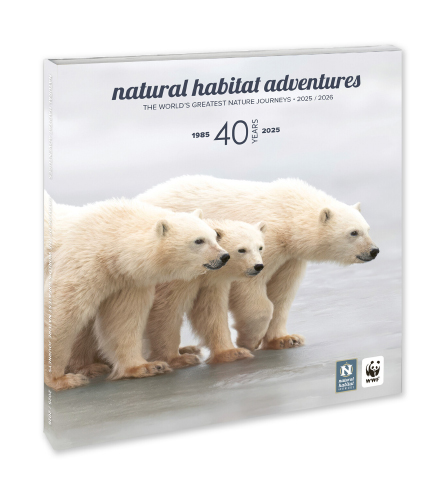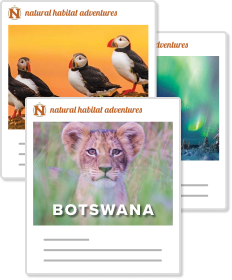Know Before You Go
Dingo Facts | Australia North Wildlife Guide
Dingos are a bit of a taxonomic mystery. They are currently listed as a subspecies of the gray wolf (Canis lupus dingo). Some taxonomists, however, see them as descendants of domesticated dogs and believe they should be Canis familiaris dingo. Still others believe they warrant their own species, Canis dingo.
Their lifestyles are very similar to those of the North America gray wolf. They are occasionally solitary, but also live in packs. They are opportunistic predators that hunt small game, but will also take advantage of carrion, fruits, vegetation and, unfortunately, domesticated sheep. This predilection for easy, domesticated prey led Australian ranchers to build the longest fence in the world–a 3,500 mile long
They are one of the few placental mammals that existed on the Australian continent before the arrival of Europeans, but they are believed to have been introduced only 4,000–5,000 years ago by Indonesian seafarers. Today, more than one-third of all dingos in Australia are considered to be hybrids with domestic dogs.
See Dingos on These Australia Trips

Australia North: Kakadu, Kimberley & the Outback
Journey to the back of beyond on this singular itinerary that connects three of Australia’s most remote tracts of untouched wilderness via private chartered flights—plus a luxury train trip on The Ghan.

Australia South: Tasmania, Kangaroo Island & the Great Ocean Road
Discover the diverse landscapes and ecology of far-south Australia as we explore four national parks and a host of private nature reserves teeming with endemic and endangered wildlife.























